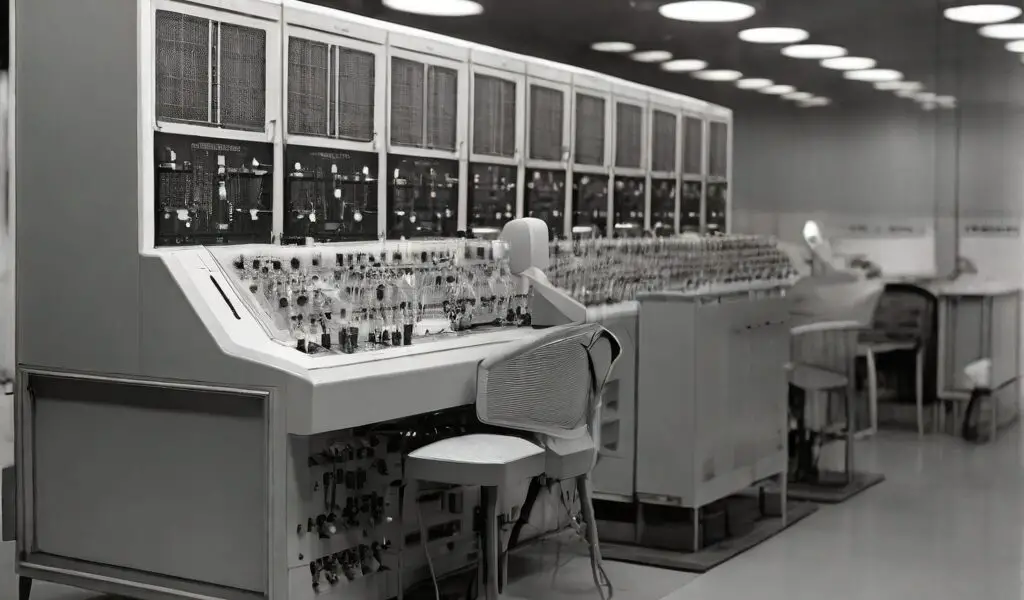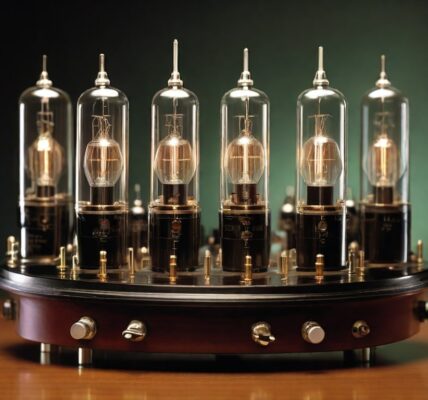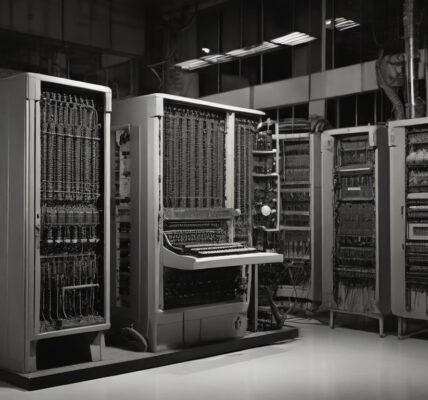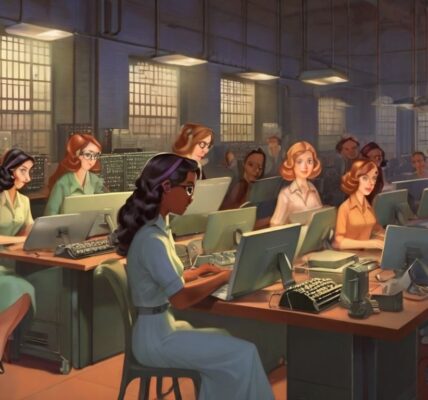- Introduction of the TX-0:
- The TX-0 (Transistorized Experimental computer 0) was developed at the Massachusetts Institute of Technology (MIT) in 1956.
- It was one of the first computers to use transistors instead of vacuum tubes, marking a significant advancement in computing technology.
- Transition from Vacuum Tubes to Transistors:
- The development of the TX-0 represented a transition from vacuum tube-based computers to transistorized computers.
- Transistors offered several advantages over vacuum tubes, including smaller size, lower power consumption, and greater reliability, making them ideal for use in electronic circuits.
- Design and Architecture:
- The TX-0 was designed and built by a team led by Jay Forrester and Ken Olsen at MIT’s Lincoln Laboratory.
- It featured a minimalist architecture, with a compact design optimized for transistor-based circuitry.
- The TX-0 was capable of executing a variety of computational tasks, including numerical calculations, data processing, and scientific simulations.
- Technical Specifications:
- The TX-0 was powered by approximately 3,600 discrete transistors, replacing the thousands of vacuum tubes used in earlier computers.
- It had a clock speed of about 83 kHz and a memory capacity of 4096 18-bit words, which was considered quite impressive for its time.
- The TX-0 also featured several input/output devices, including teletype terminals and paper tape readers, enabling users to interact with the computer and input data for processing.
- Innovative Features:
- The TX-0 introduced several innovative features that set it apart from earlier computers:
- Real-Time Display: One of the most notable features of the TX-0 was its real-time display system, which used a cathode-ray tube (CRT) to provide visual feedback to users.
- Light Pen Interface: The TX-0 was equipped with a light pen interface, allowing users to interact directly with the computer’s display by pointing at specific locations on the screen.
- Interactive Programming: The TX-0 supported interactive programming, enabling users to write and debug programs directly on the computer rather than using punched cards or paper tape.
- The TX-0 introduced several innovative features that set it apart from earlier computers:
- Applications and Research:
- The TX-0 was used for a wide range of applications, including scientific research, engineering design, and computer graphics.
- Its real-time display capabilities made it particularly well-suited for interactive graphical applications, such as plotting mathematical functions and simulating physical systems.
- Impact and Influence:
- The development of the TX-0 had a significant impact on the field of computer science and engineering.
- It demonstrated the feasibility and practicality of transistorized computers, paving the way for the widespread adoption of transistor technology in computing.
- The TX-0 served as a prototype for future transistorized computers, inspiring further innovations in computer design and architecture.
- Legacy and Continued Development:
- The TX-0 played a key role in the development of subsequent computers, including the TX-2, a more powerful and advanced version of the TX-0.
- Its legacy lives on in modern computing systems, which continue to rely on transistor technology for processing and memory.
- The TX-0 also influenced the development of interactive computing environments and user interfaces, laying the groundwork for the graphical user interfaces (GUIs) that are ubiquitous today.
- Conclusion:
- The TX-0 represented a groundbreaking achievement in the history of computing, marking the transition from vacuum tube-based computers to transistorized computers.
- Its innovative design and features demonstrated the potential of transistor technology to revolutionize computing, paving the way for smaller, faster, and more reliable computers.
- The legacy of the TX-0 lives on in modern computing systems, serving as a testament to the ingenuity and vision of the researchers and engineers who developed it at MIT’s Lincoln Laboratory.
technocrats.blog
Best Technical information





I’ve been browsing online greater than three hours lately, but
I by no means discovered any interesting article like yours.
It is pretty price sufficient for me. In my
view, if all web owners and bloggers made good
content as you probably did, the internet will probably be a lot more useful
than ever before.